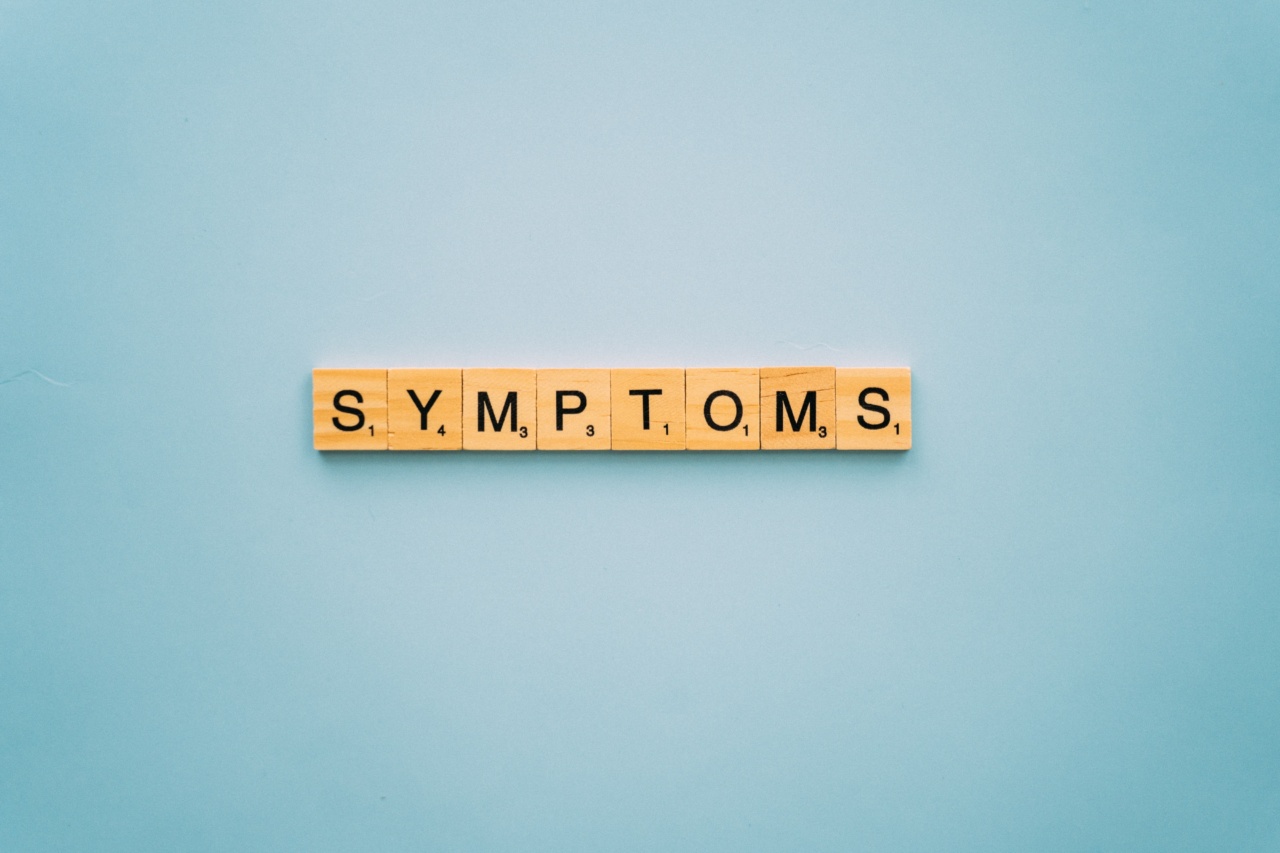Orthostatic tachycardia, also known as postural orthostatic tachycardia syndrome (POTS), is a rare condition characterized by an abnormal increase in heart rate upon standing up.
This condition can cause a range of mysterious symptoms, leaving patients and healthcare professionals puzzled. In this article, we will explore what orthostatic tachycardia is, its symptoms, possible causes, and treatment options.
Understanding Orthostatic Tachycardia Syndrome
Orthostatic tachycardia syndrome is a form of dysautonomia, a disorder of the autonomic nervous system which controls vital bodily functions, such as heart rate, blood pressure, and digestion.
POTS is specifically characterized by an excessive increase in heart rate within ten minutes of standing up or being in an upright position, often accompanied by a drop in blood pressure. This abnormal response can lead to a range of debilitating symptoms.
The Mysterious Symptoms of Orthostatic Tachycardia
The symptoms of orthostatic tachycardia can vary greatly from person to person. Some common symptoms include:.
- Dizziness and lightheadedness
- Heart palpitations
- Fainting or near-fainting
- Chronic fatigue
- Brain fog and difficulty concentrating
- Shortness of breath
- Chest pain or discomfort
- Exercise intolerance
- Nausea
- Tremors or shaking
These symptoms can significantly impact a person’s quality of life, making everyday tasks and activities challenging to handle.
Possible Causes of Orthostatic Tachycardia
The exact cause of orthostatic tachycardia syndrome is still unknown, which contributes to its mysterious nature. However, there are several factors that may contribute to its development:.
- Autonomic nervous system dysfunction: Dysregulation of the autonomic nervous system, responsible for controlling heart rate and blood pressure, appears to play a significant role in the development of POTS.
- Hyperadrenergic POTS: Some individuals with POTS may have elevated levels of norepinephrine, a hormone that regulates heart rate and blood pressure. This subtype of POTS is often associated with increased anxiety and tremors.
- Blood volume abnormalities: Some studies suggest that individuals with POTS may have a lower blood volume or blood pooling in the lower extremities, contributing to the symptoms experienced upon standing.
- Autoimmune conditions: There is evidence to suggest a potential link between autoimmune conditions and the development of POTS. Conditions such as Ehlers-Danlos syndrome, lupus, and Sjogren’s syndrome have been associated with POTS.
Diagnosis and Treatment Options
Diagnosing orthostatic tachycardia syndrome can be challenging due to the variety of symptoms and the lack of a definitive diagnostic test.
A comprehensive evaluation involving medical history, physical examination, and various tests are typically conducted to rule out other possible causes and provide an accurate diagnosis.
Treatment for orthostatic tachycardia syndrome aims to alleviate symptoms and improve the individual’s quality of life. Some common treatment options include:.
- Lifestyle changes: Patients are often advised to increase fluid and salt intake to address blood volume abnormalities and reduce symptoms. Wearing compression stockings to prevent blood pooling in the lower extremities may also be suggested.
- Medications: Medications such as beta-blockers, which help regulate heart rate, and fludrocortisone, which promotes fluid retention, may be prescribed to manage symptoms.
- Physical therapy: Exercise programs tailored to the individual’s capabilities can help improve blood flow, stamina, and overall well-being. However, exercise should be approached cautiously and under the guidance of a healthcare professional.
- Supportive therapies: Some individuals may benefit from complementary therapies such as acupuncture, mindfulness techniques, and cognitive-behavioral therapy to manage stress and improve symptom management.
Coping with Orthostatic Tachycardia
Living with orthostatic tachycardia can be challenging, but there are strategies that individuals with POTS can adopt to cope with their condition:.
- Pace yourself: Understanding your limits and pacing your daily activities can help conserve energy and minimize symptom flare-ups.
- Stay hydrated: Maintaining adequate hydration can contribute to stable blood pressure and overall well-being. Drink plenty of fluids throughout the day.
- Support system: Having a strong support system, whether it be family, friends, or support groups, can provide emotional support and valuable advice for managing day-to-day challenges.
- Mental well-being: Taking care of your mental health through techniques such as meditation, yoga, and therapy can help manage stress and improve overall well-being.
Conclusion
Orthostatic tachycardia syndrome is a rare condition characterized by an abnormal increase in heart rate upon standing up, bringing about a range of mysterious symptoms.
While the exact cause of this condition remains unknown, there are several factors that may contribute to its development. A multidisciplinary approach involving lifestyle changes, medications, physical therapy, and supportive therapies is often employed to manage symptoms and enhance the individual’s quality of life.
With proper diagnosis, treatment, and coping strategies, individuals with orthostatic tachycardia can lead fulfilling lives despite the challenges they may face.






























